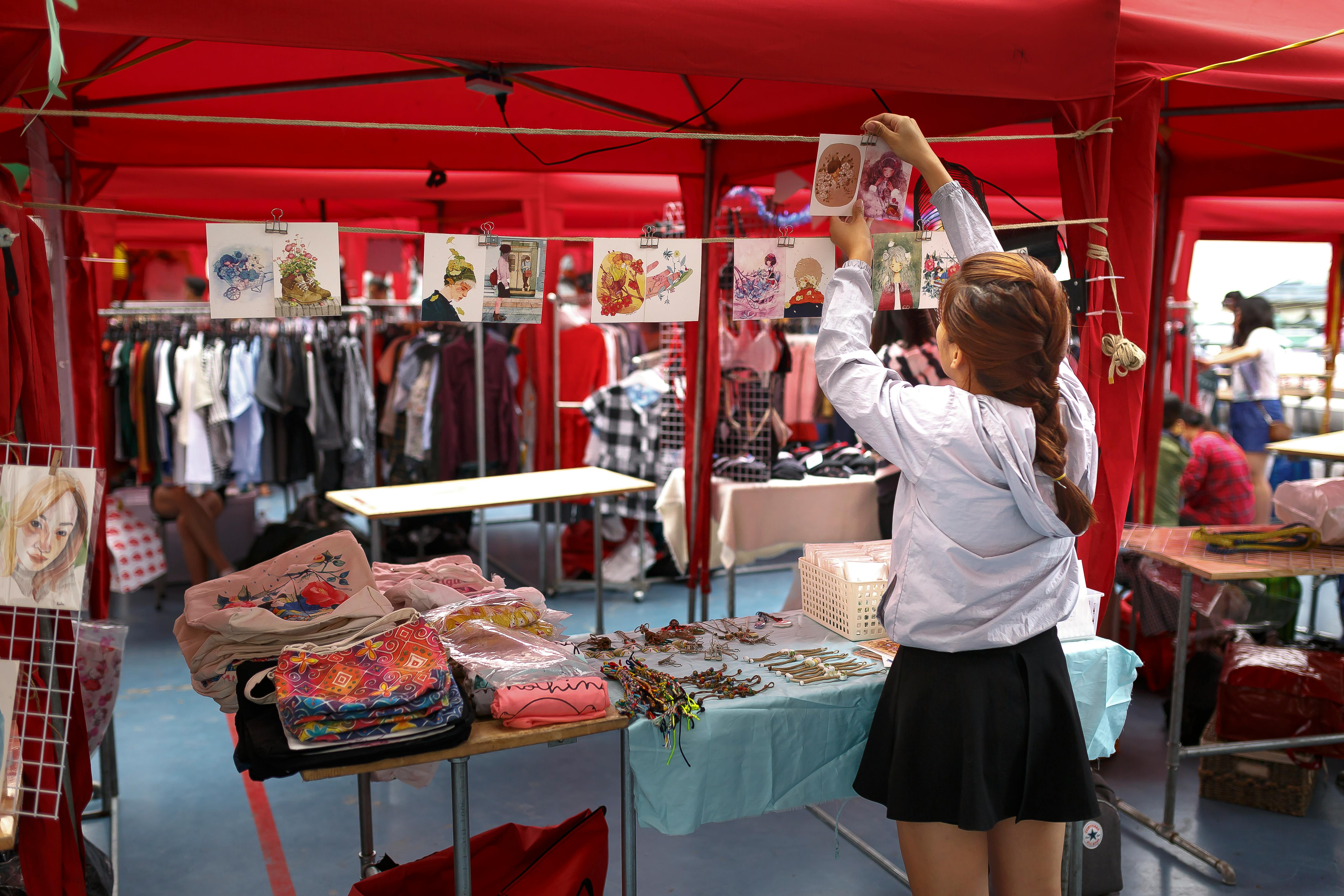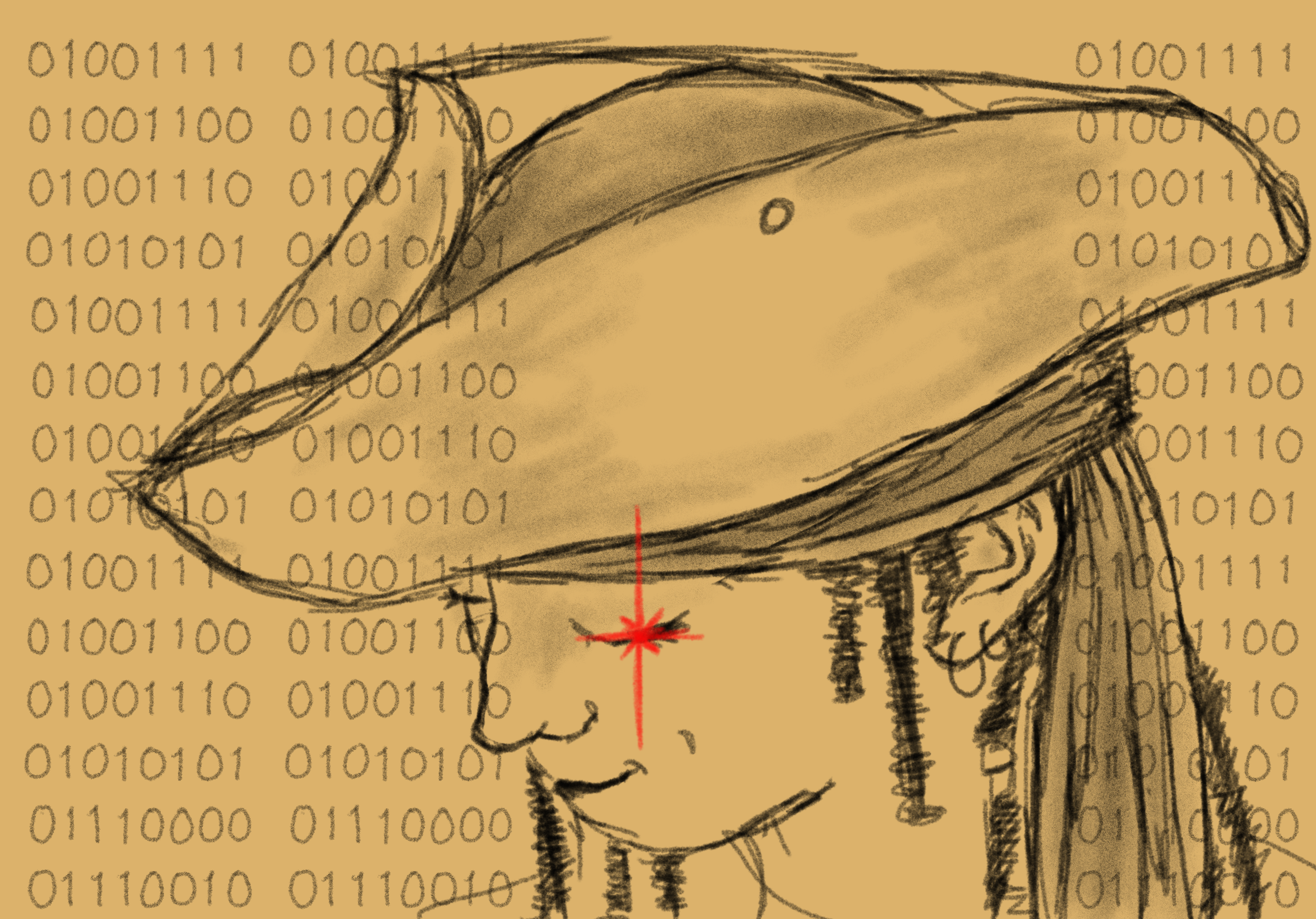In our day-to-day lives, we often take modern commodities for granted. We scroll through social media and we stumble upon a picture of an ultrasound. A few minutes later, we see a video of a group of people cutting into a cake with blue filling to symbolize a baby’s sex reveal. We go about our lives not giving a second thought to the miraculous tools we have at our disposition. The ability to capture a fetus’ image inside a uterus is nothing short of magic.
The enormous impact that reproductive technologies have in our lives is undeniable, but how often do we stop to think about how these came about? And, do we ever question the social implications of scientific developments like these? Dr. Margaret Carlyle — assistant professor in the Department of History and Sociology — and her colleague, Stephanie Awotwi-Pratt — a student in the Interdisciplinary Graduate Studies program — are doing exactly that. Through their Reproductive Technologies Podcast, they seek to start a conversation on topics that are increasingly relevant to us. They shed light on the historical roots of topics such as birth control, ultrasounds, and fertility to birthing mannequins and the origins of gynecology.
A few weeks ago, I had the pleasure of interviewing both Dr. Carlyle and Stephanie to hear more about their project. “I had actually done an exhibit on the fetus in utero, like images of what the fetus in utero looks like, from historic sources over the last 500 years. I think that got me interested in science communication, and I thought: I want to do something different on maybe a podcast venue,” says Dr. Carlyle.
Stephanie mentions it was through a class that she came to find an interest in the historical and social aspects of science: “I took Directed Studies with Dr. Carlyle, and it was the history of medicine and history of slavery, and just how science and race came about. In the readings I'd have, we'd have such great discussions in class. And, I got really passionate about the readings in general.”
When discussing the importance of science communication and the delivery of historical material, I wondered how they came to choose a podcast as their medium. “I'm not an expert at all in voice artistry or what have you, or reporting, and I had no experience doing that. So, I think for me, it was also a challenge to try a new medium. And also, there's something kind of humanistic about the human voice,” says Dr. Carlyle. “I realized I wanted to do another kind of science — or form of scientific or medical — technological communication, that could have been appealing to academics in the university, but also to people outside the universities. To have something that was a bit more appealing to the public. So, I think, just through our conversations, we kind of zoned in on the format of podcasting.”
Stephanie echoed this by explaining that it allowed for a conversational discussion as world events took place. “I also really love how the podcast, kind of applied academic scholarship, and then merged it with kind of a conversational colloquial banter about what these things mean for us today. And, with Roe versus Wade, while we were doing the research, things changed. So, it was really seeing in real time how these technologies still impact us today. That medium, I felt, was really responsive to what was happening in the world.”
As we discussed the importance of science communication and the delivery of knowledge, it became clear that the historical connections that they alluded to were inextricably linked to issues that we face today. Stephanie explained that they wished to explore the social context that gave rise to these technologies.
“We kind of wanted to explore the historical roots of [reproductive technologies], and just the tensions of how they came about. So, for example, the ultrasound has a kind of military origin. The speculum had that historical colonial history of medical violence against African American and Black enslaved women, and things that aren't really talked about but are still used today.”
She added that some of these topics were in part inspired by her graduate investigation.“That's a key concept in my research, where I look at how, within B.C., Canadian women deal with institutional racism within reproductive healthcare contexts, but I'm focusing more on how they resist racism within that space. And, in doing so, part of that is a dialogue about how they perceive pain and the dismissal of healthcare providers, and how it’s tied to those legacies.” It became clear that understanding the past — that allowed the technologies that we’re so acquainted with today — was imperative to the conversation of power and discrimination.
Dr. Carlyle added a trans-Atlantic scope from her own body of research to the discussion. “I'm looking at enslaved women in the Caribbean who practice midwifery. I think there's a whole story of medical technologies and medical therapies that they develop that have not been given their due. For instance, women in their garden plots and slave women cultivated abortifacients.”
An aspect of the discussions mentioned in the podcast that became apparent from talking to Dr. Carlyle and Stephanie was their ability to question everything. It was fascinating to hear about seemingly mundane objects, and to trace them back to their origins and symbolism. “If we talk about birthing mannequins, for example, we kind of trace it through history. So, by the end of it, we're here in the present and talking about sex dolls, and things that you wouldn't even really think of when you think about technologies, and so we merge those two together,” said Stephanie.
Technology, in general, is something that is ever-present in our lives and that we frequently accept without scrutiny. “I think a lot of times, with technology, we tend to take it for granted. It's a society in which technology just comes ready-made. Technology always indicates progress, and I think one of our goals is to say that technology doesn't necessarily mean progress. We also need to unpack the context in which it was developed, and the downsides of the development of the technology, as well as its advantages. So, we were always looking at the historical context in each episode, but then also present-day issues,” mentioned Dr. Carlyle.
Every episode in the podcast has an important historical component to it, but as they kept mentioning, it was important to them to contextualize it in the modern-day and to credit the unsung heroines of reproductive medicine.
Stephanie adds this idea of shifting the historical narrative: “I think we kind of bring in the tensions around the history of, for example, the technology, as well as how activists are kind of shaping the conversation from medical, institutional, powerful people to now giving agency to the women whose voices weren't heard. And so, it's just a really good way of repositioning history.”
The importance of shedding light on obscured historical incidents was emphasized, not just to give credit where it was due, but to also raise awareness of the distinctions between complex social movements. “It took a long time actually, for African Americans to latch on to this idea that the birth control pill could actually be a liberating force. And so, I think that's not well-known history, and it should be more known,” mentioned Dr. Carlyle. She then went on to say that a “white liberal feminists’ reproductive tool for change [could be] considered a tool for oppression or sterilization for another person of color. So, we want to get into the nuances of it, definitely.”
Grounding their discussions on evidence and always making sure they traced it back to history, they said, allowed them to examine more controversial topics. “We don't provide too much of our opinion; it was more context-driven. And, the conversation is more about how technology influences these changes that we see,” added Stephanie. Rather than debating the correctness of one practice over the other, they mentioned that the episodes were more of a discussion on the implications that these practices have on society. “We're kind of laying down the framework of how these technologies influence how we view the reproductive site — the womb,” said Stephanie.
Dr. Carlyle mentioned that ultimately, there are more reproductive technologies than they could ever cover. The first season of the Reproductive Technologies Podcast contains six full episodes discussing some of the topics that were briefly mentioned here. They did announce they would be working on a second season of the podcast. This time, however, students can sign up for a class during the spring semester, in which they will be able to pick a reproductive technology to expand on and record as part of the podcast.
Hearing Dr. Carlyle and Stephanie mention the uncredited women and practices from the past, linking our experiences with the reproductive technologies that we may encounter in our daily lives, was eye-opening. Speaking to them, I could feel the palpable connection that they shared when speaking about these topics that they are so passionate about. I highly encourage everyone to listen to these incredibly cultured women, and to unlearn and question many of the things we take for granted with respect to the history of reproductive medicine.
You can find their six episodes on the following webpage (https://blogs.ubc.ca/reproductivetechnologiespodcast/).
Or through Spotify
(https://podcasters.spotify.com/pod/show/reproductive-technologies)
If you’d like to be a part of the second season of the podcast, sign up for their HIST460A class next semester!



